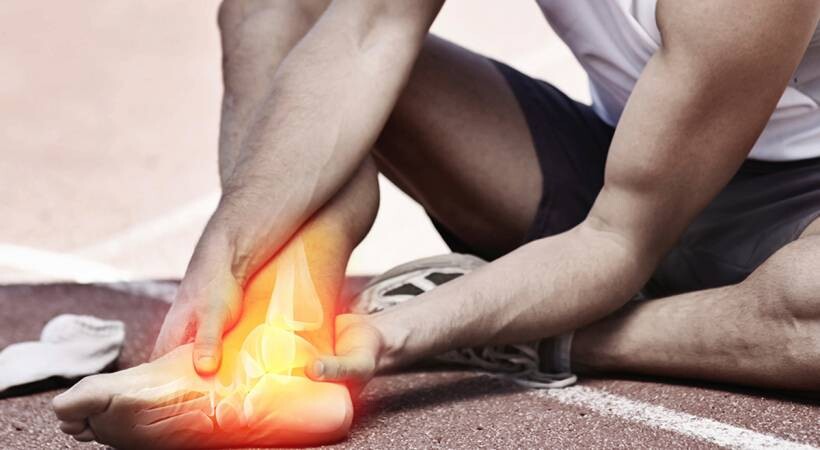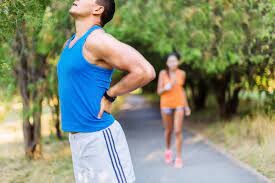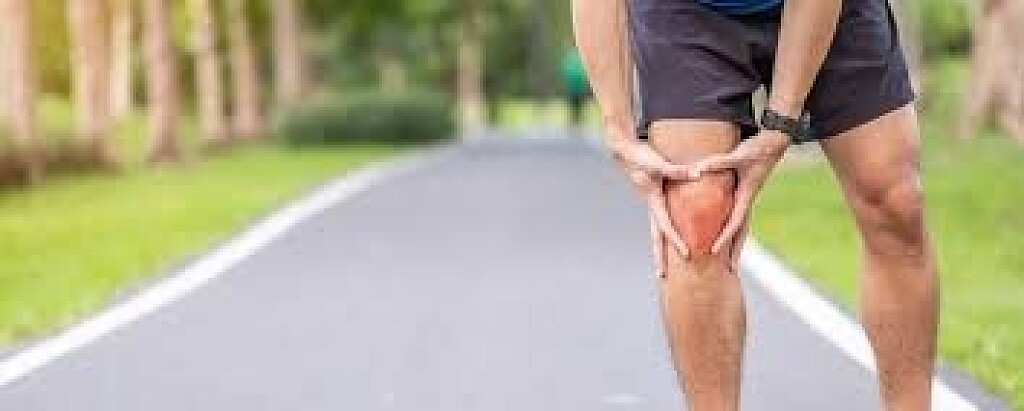Running News Daily
Running News Daily is edited by Bob Anderson. Send your news items to bob@mybestruns.com Advertising opportunities available. Train the Kenyan Way at KATA Kenya and Portugal owned and operated by Bob Anderson. Be sure to catch our movie A Long Run the movie KATA Running Camps and KATA Potato Farms - 31 now open in Kenya! https://kata.ke/
Index to Daily Posts · Sign Up For Updates · Run The World Feed
Five most common running pains and how to fix them
Running can sometimes lead to aches and pains due to its repetitive nature, but that doesn’t necessarily mean you have to suffer. Here’s a rundown of five common conditions you might experience as you accrue mileage — and how to heal them or even avoid them altogether.
1.- Runner´s Knee
Patellar tendonitis earned its “Runner’s Knee” moniker because it’s so common — for runners, that is. It’s essentially swelling in the tendon, either above or below the kneecap, though most experience swelling and pain below. “It’s usually from the hip or ankle, from a biomechanics standpoint,” says Nashville, Tennessee-based sports doctor and running specialist, Jesse Riley, DC, MS. “I’ll first check to see if the ankle or hip might be stiff, because if another joint like the ankle isn’t handling the impact, the knee is taking a lot of that load.”
Skip it: Avoid running too much, too soon. “If there’s not enough endurance in the tissues, you’re more than likely going to experience joint pain,” Riley says. “Sometimes a runner may not be doing enough strength training, too.”

Be sure to hit the gym at least twice per week, to strengthen quads, hamstrings and calf muscles. “It’s also important to run with proper form. If you’re not soft or agile on the ground,” that also leads to inflammation.
Heal it: “Back off your volume for at least two weeks,” Riley says. “That will change the amount of impact you’re putting on your joint.” (Riley also notes that how much someone should ease up depends on the individual injury. “If someone can’t tolerate moderate walking for example, I advise complete rest.”
Riley also recommends foam-rolling the quads and hip flexors and stretching the ankles, to loosen the surrounding areas and release stress on the knee joint.

2.- Plantar Fasciitis
“It’s usually known now by its modern name: Plantar fasciopothy, and it’s basically an overloading of the tissue at the bottom of your foot,” Riley says.
Poor form can be a common cause. “I also check to see how well someone can balance,” Riley says. “If you can’t balance very well on one leg, for example, the tissues work extra hard to keep you from falling over while running.”
Skip it: Add balance moves to your strength routine. “Integrate single-leg exercises, like one-legged deadlifts, or practice balancing on one foot,” Riley says.
You can also work on improving your cadence. “Shortening your stride can help improve your form and decrease the load on your feet,” Riley says. “The typical recommendation is 160–180 steps per minute.”
Heal it: First, reduce your running volume (rest), and heat and ice as needed. Riley also recommends rolling a lacrosse ball under your foot to boost circulation and speed healing. “Ankle stretches and building calf endurance through calf raises can also help reduce stress on the area,” Riley says.
3.- Shin Splints.
“Most people feel these on the outside of the shin, which is the tibialis anterior muscle,” Riley says. “It can sometimes get inflamed from being overloaded or simply overlooked.”
This is a case when it’s especially important to visit your doctor to rule out a stress fracture.
Skip it: “There’s often not one definitive cause,” Riley says. But running with proper form and cadence (i.e., a shorter stride) can help keep shin splints away. You can also improve your balance to reduce load on the muscle, by performing single-leg exercises in the gym, and boost muscular endurance by tapping your toes.
Heal it: Stretching the muscle between runs can help you feel better. Practice pulling the toes away from your body. “It’s also good to foam-roll the muscle, to bring blood flow to the area.”
You can run with shin splints — depending on the severity of your pain. “It’s still a good idea to play with your mileage to find what works. And if you’re limping, it’s best to slow down to a walk until you’re feeling better,” Riley says.
4.- It Band Symdrome.
Much like other running injuries, this one relates to overuse and resulting inflammation. “It usually presents as a hip or knee issue — perhaps an ankle isn’t mobile enough, so the knee turns inward,” Riley says. “Often the vastus lateralis muscle (which runs along the side of the thigh and is the largest of the quadricep group) fires extra hard to stabilize the knee and becomes overworked. It can feel like it’s always tense.”
Skip it: There can be multiple causes, so your best bet is to ensure all of your joints are mobile and working properly. Riley also recommends incorporating balance exercises and minding your form as you run.
Heal it: You’ll need to see a doctor or mobility specialist to first determine what’s causing your IT Band pain. Treatment is much like what you’d do to prevent issues: Once you determine the cause, strengthen your running muscles as necessary.
You can also foam-roll your muscles, but avoid rolling your IT band, itself. “It doesn’t feel good, and doesn’t achieve anything,” Riley says. Instead, roll along the front of your quad: Tilt your body forward so you can bring blood to the area.
5.- Hip Pain.
Runners often experience hip pain simply from muscles feeling tight, and the hips can especially feel the effects of repetitive motion. The problem can also be an impingement (from too-tight muscles) or, often, bursitis — which is swelling of a bursa: a fluid-filled sac designed to decrease friction in the joint.
Skip it: “Mobility is your best adversary,” Riley says. “Along with stability. Strength training can really help protect your hips.” Riley recommends hitting the gym three times/week if you’ve ever had hip pain and performing moves like hip thrusters, lunges (with a longer stride, to focus on hips) and isometric holds that allow you to build muscular endurance.
Heal it: You’ll first need to pinpoint the cause of your pain to determine treatment. But usually you’ll need some time to rest and then modify your training. You may need to alter your running technique or adjust your volume.
You may also benefit from modalities like dry needling, depending on the nature of your injury, which can calm the surrounding area so as not to cause further irritation to the joint.
by Lara Rosenbaum
Login to leave a comment




